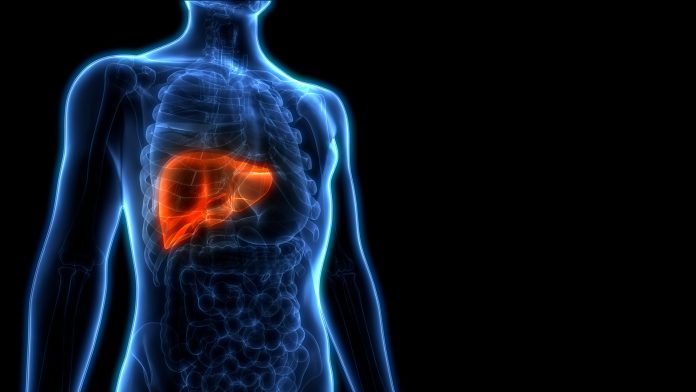
In a search to find an effective drug for the hepatitis E virus, researchers discover a plant compound that prevents the replication of viruses.
Researchers from the Department of Molecular and Medical Virology at Ruhr Universität Bochum (RUB) examined a selection of chemically modified rocaglates, developed by a team from Boston, for their antiviral effect on the hepatitis E virus. They discovered a group of active ingredients called the amidino group that appears effective in preventing viral replication.
The research was published in the journal Antiviral Research.
What is the hepatitis E virus?
Hepatitis E virus causes the inflammation of the liver. It is estimated that there are 20 million hepatitis E infections every year.
The virus is a global problem; however, it is most prominent in low- and middle-income countries that have limited access to essential water, sanitation, hygiene and health services. Initial symptoms of hepatitis E virus include fever, reduced appetite, nausea and vomiting; further symptoms include a slightly enlarged, tender liver, jaundice and dark urine, which typically last for up to six weeks.
There are no specific treatments available for the hepatitis E virus.
What are rocaglates and how do they help in the fight against viral infections?
Rocaglates are a group of plant substances produced by various mahogany plants. In 2008, researchers found their antiviral effect against RNA viruses for the first time.
The Boston team led by Professor John Porco Jr has created a library of rocaglates with various chemical modifications. “The core structure of the total of 205 substances is always the same, and chemical groups of different sizes or flexibility have been attached to them,” explained Mara Klöhn, a member of the research team from RUB.
The researchers tested the 205 substances for their effectiveness against the hepatitis E virus in cell culture. To do this, they used cancer cell lines and hepatitis E virus genomes tagged with a reporter gene. Based on the amount of protein produced, whose blueprint is in this reporter gene, they precisely measured how successfully the virus replicates in the presence of various substances.
To indicate how strongly a substance inhibits viral replication, the researchers used a half-maximum inhibitory concentration. The lower the concentration, the better the substance performs. “The half-maximum inhibitory concentration of our three-best tested rocaglates is between 0.5 and 3 nanomolar,” reported Klöhn. “By comparison, that of the natural rocaglamide, silvestrol is three to seven nanomolar.” A common feature of the top three rocaglates is an attached amidino group.
Rocaglates have a cell-damaging effect, particularly obvious in cancer cells, therefore, the researchers examined toxicity levels in healthy porcine liver cells. “Here, the toxicity was lower than in cell culture, which is, after all, based on cancer cell lines,” said Mara Klöhn.
Further studies would have to examine the efficacy and toxicity of the most successfully tested substances in the organism. “We could also try to further chemically optimise the best amidino rocaglates so that they have an even stronger effect against viral replication,” concluded Klöhn.










